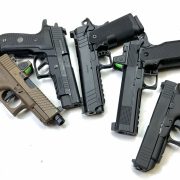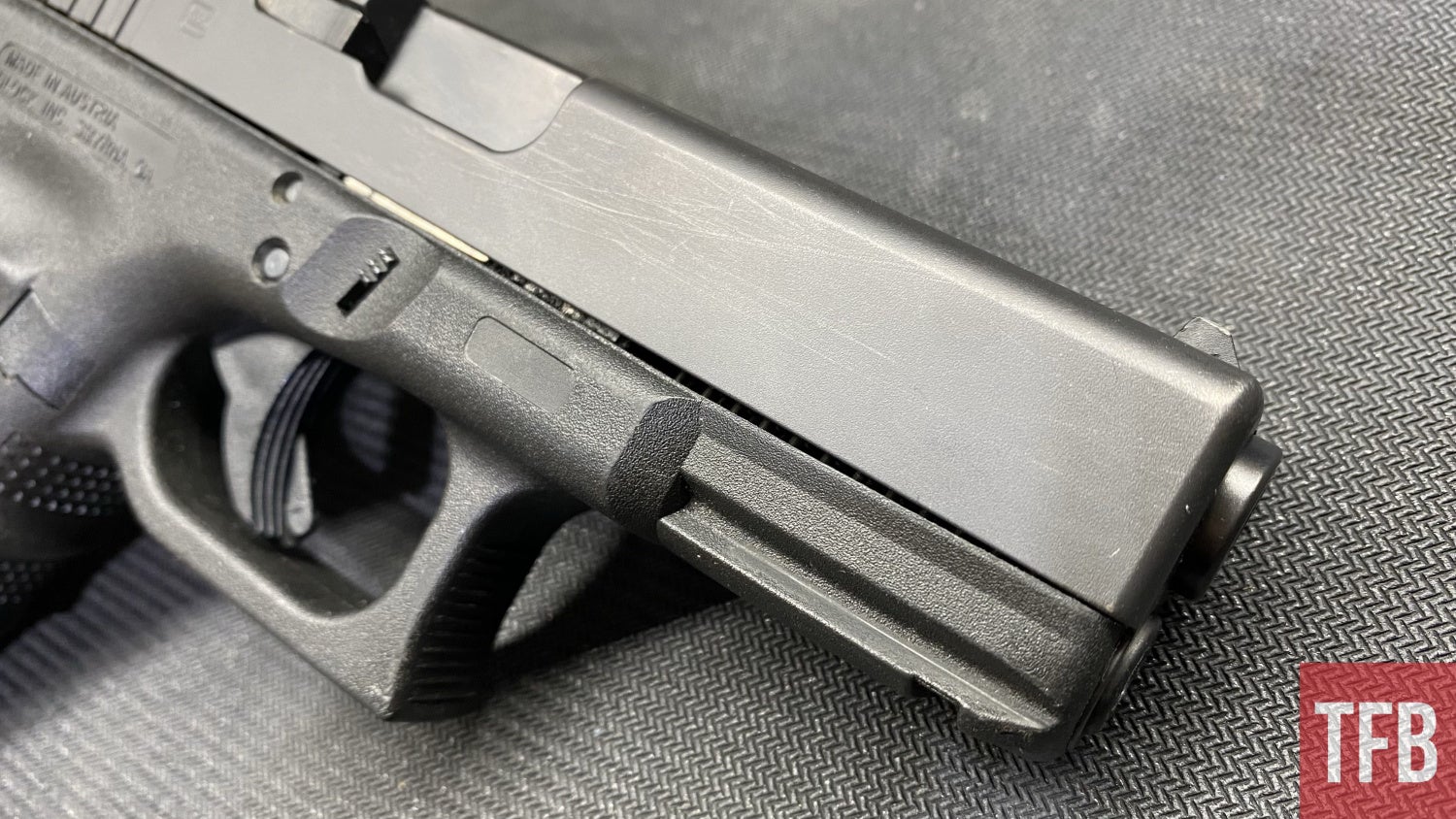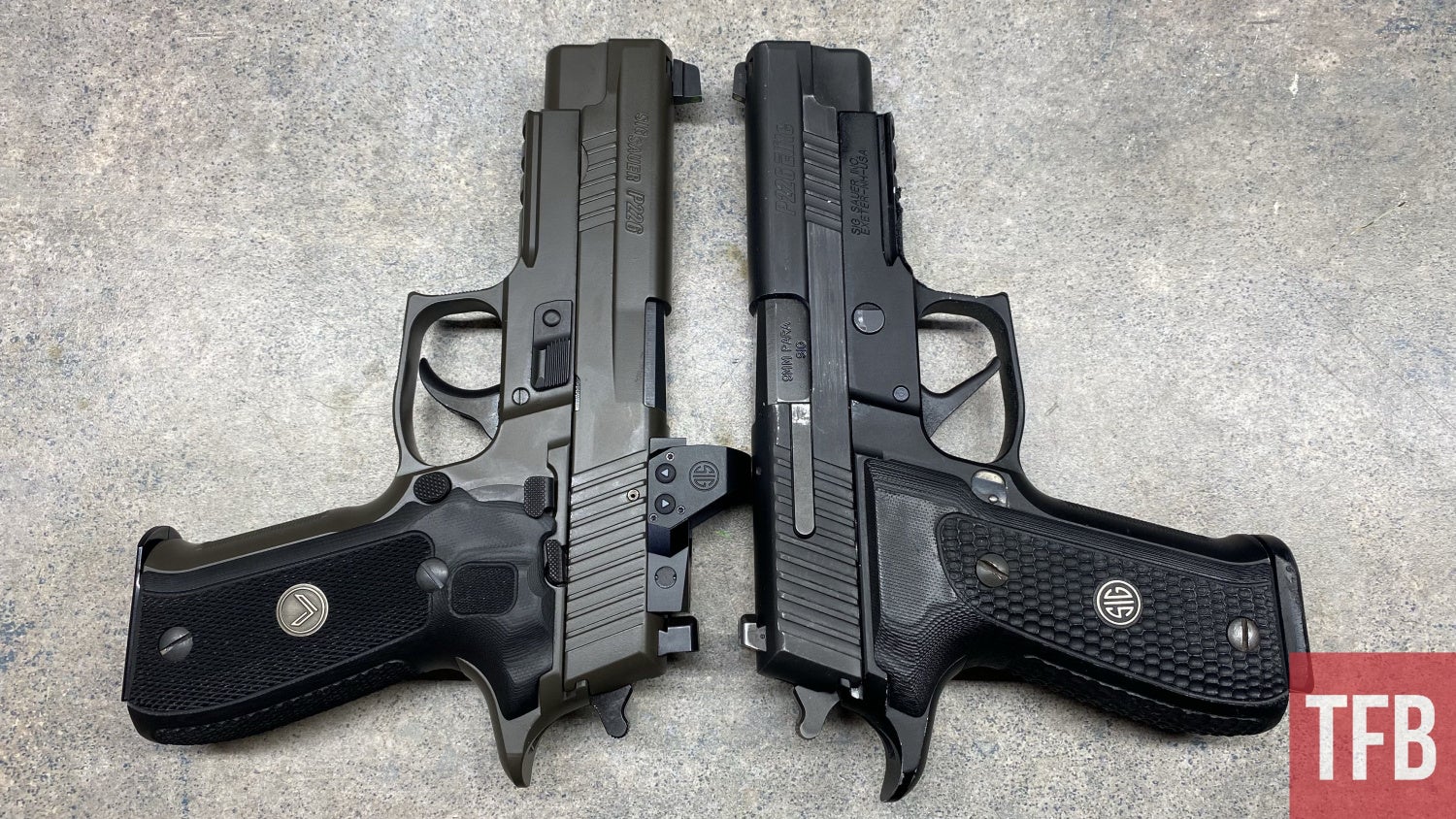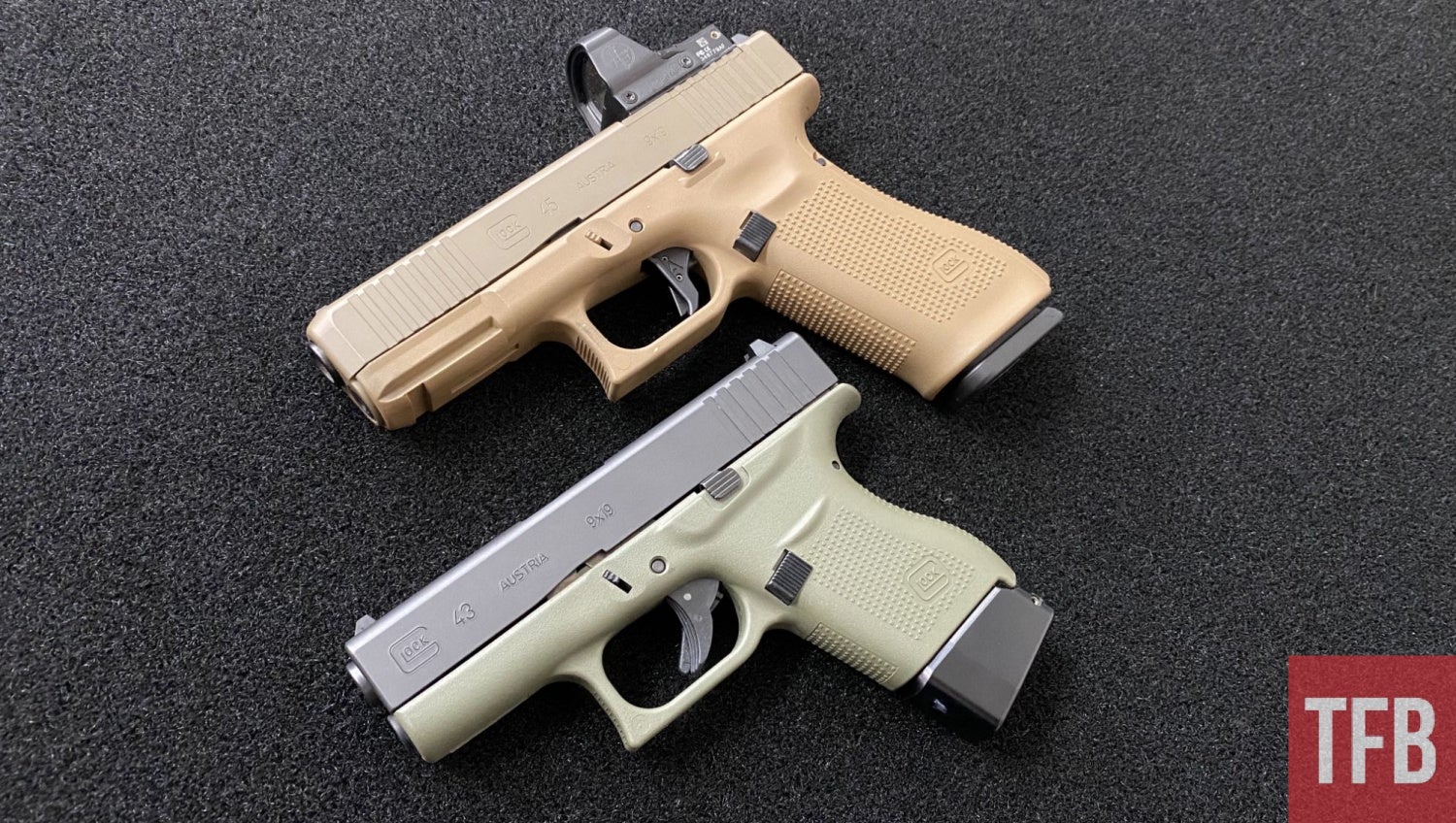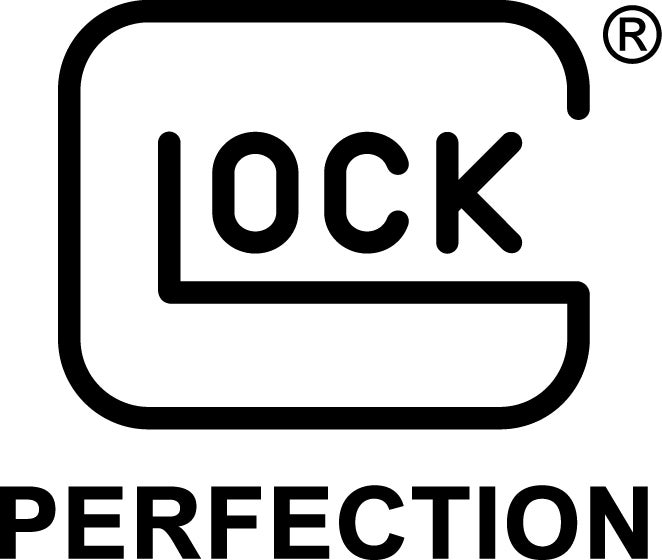Welcome back to another edition of Concealed Carry Corner. Last time, we talked about consumable carry items and when to replace certain items you use daily to carry your firearm. To check out that article, be sure to click on the link here. In the world of carrying a concealed firearm, the market is shifting in strange directions and is even starting to move back into the world of single-action type 2011s and 1911s over something like a striker-fired handgun. With the gradual shift from small micro-style guns to larger framed firearms, it’s important to look at the reliability of certain firearms as time goes on. Let’s take a closer look at pistol type reliability over time.
Concealed Carry Corner @ TFB:
- Concealed Carry Corner: Consumable Carry Items
- Concealed Carry Corner: New Dry Fire Methods
- Concealed Carry Corner: The Dangers of Carrying Concealed
- Concealed Carry Corner: Ammo Versus Accessories
Single Action Only Hammer Guns
The biggest resurgence in popularity has to be the single-action-only market. With Staccato growing in popularity along with other 2011 variants being released onto the market, there’s been a sharp increase of individuals carrying single-action handguns who may not see the things to keep in mind over time.
When it comes to the 1911/2011 platform, there are a few things to keep clean and check on a regular basis. The first thing is to regularly clean your firearm especially if you carry it cocked and locked. With the hammer back and safety on, there can be more lint and debris accumulation over time around the firing pin and inside the firearm. It’s not nearly as closed up as a striker system so it does take some cleaning and maintenance to keep clean if you carry it every day. This shouldn’t be a new concept but carrying anything with the hammer back does expose more openings to the potential of debris and build-up of lint.
Another important thing to keep an eye on is your plunger tube. The plunger tube is the tension between your thumb safety and your slide release. This is a common failure point on 1911-type platforms and will occasionally come loose. I’ve had this happen to me a few different times on 3 different 1911s, so it’s always a good idea to check your plunger tube is properly attached and works correctly.
Double Action / Single Action Hammer Guns
DA/SA style firearms are some of the most reliable options available with a few positives over striker or single action only firearms. Double to single may be tricky to learn with the different weight triggers and that is typically why most shy away from it. With a bit of practice, you can consistently make accurate hits with both double and single action. The vast majority of the time hammer-fired guns will fire even when dirty from daily carry but once their springs wear out, they are some of the most complicated to fix and oftentimes will have to be sent in instead of fixing it yourself.
Striker-fired guns are some of the easiest to fix, but DA/SA guns have second strike capabilities by pulling the trigger again. Personally, I grew up shooting DA/SA handguns so the learning curve wasn’t as tough as other people who might start with a striker-fired gun. The biggest issue with DA/SA guns is the fact they are difficult to work on for basic maintenance and can be difficult to learn initially but once you get the hang of them, they can be an incredibly reliable system for a very long time.
Striker-Fired Handguns
Out of all the guns on the list, striker-fired handguns are some of the simplest guns to maintain and replace parts on. Pulling apart something like a Glock 19 can be done in a matter of minutes with minimal training. The amount of rounds you can put on a striker without replacing parts varies between firearms. When it comes time to replace springs and parts, the striker-fired system is much easier to replace springs on your own to keep costs low for the user. There are plenty of people out there who enjoy shooting but don’t have a ton of gunsmithing experience so being able to change out parts without much resistance is a huge plus to inexperienced gun owners.
Overall Thoughts
When it comes to reliability, with enough maintenance all of these systems will be completely reliable but some will require more work than others. The single action only will require the most monitoring and they can be finicky and require a little more love and care than other types. DA/SA guns and strikers are about on par depending on the manufacturers but over time, the DA/SA guns will be harder to change out parts and depending on how old they are, will be tough to source parts for as well. When it comes to overall reliability and simplicity, it’s very hard to beat a striker-fired pistol and that’s why they are so incredibly popular on the market today.
What do you guys think when it comes to handgun reliability? Do you have a preference when it comes to a carry gun or do you think it doesn’t really matter with proper maintenance? Let me know your thoughts down below. If you have questions about carrying concealed or firearms in general, don’t hesitate to shoot me a message on Instagram @fridgeoperator. Stay safe out there and we will see you guys next week for another edition of Concealed Carry Corner.
TFB’s Concealed Carry Corner is brought to you by GLOCK


